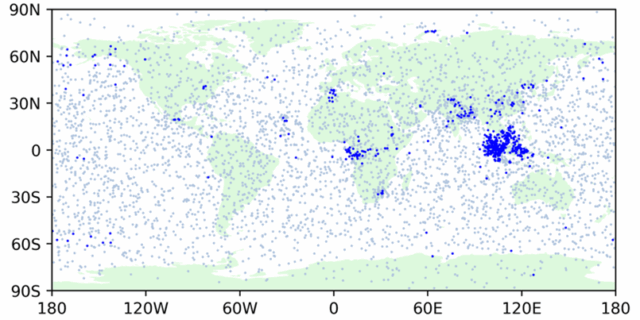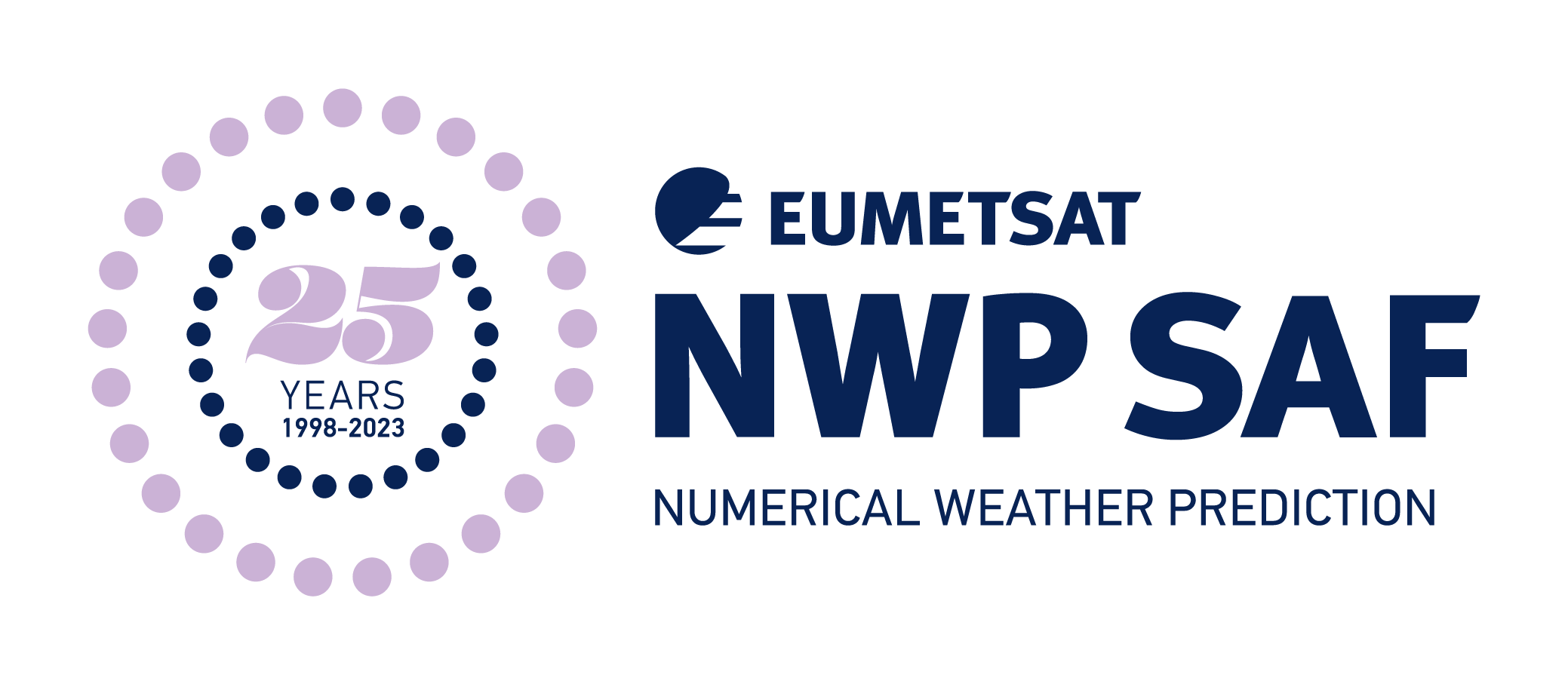The monitoring of the Chinese hyperspectral infrared sounders HIRAS on board the LEO platform FY-3E and GIIRS on board the GEO platform FY-4B are now available from the NWP SAF monitoring page: https://nwp-saf.eumetsat.int/site/monitoring/nrt-monitoring/
Category Archives: News
AAPP update 8.15 has been released
This release includes a bug fix for Arctic Weather Satellite (AWS) processing to l1c and the addition of a new python script aapp_BUFR_quicklook.py to plot AWS BUFR data (as well as other microwave sounder BUFR data). Additionally amsua_clparams.dat has been updated, new satellites added into ‘get_tle’ script, and use of the gcc14 gfortran compiler is now supported. For details, see the Release History.
Discontinuation of DMSP SSMIS
Dear NWP SAF users,
Please note, due to the service changes, the U.S. Department of Defense (DOD) will discontinue the ingest, processing, and distribution of all DOD DMSP and Navy Fleet Numerical Meteorology and Oceanography Center (FNMOC) data no later than Monday, 30 June 2025. NOAA Environmental Satellite Processing Center (ESPC) interfaces will not receive DMSP data and all data products will be suspended. Users should expert all FINE, SMOOTH, and HOUSEKEEPING data from Operational Linescan System (OLS), Special Sensor Microwave Imager Sounder (SSMIS), and all Near-Earth Space Weather instruments will be terminated. This service change and termination will be permanent.
As a consequence, SMMIS monitoring will no longer be available from the NWP SAF website and partners.

New NWP model dataset of 100,000 atmospheric profiles from CAMS
A new extra-large set of diverse atmospheric profiles has recently been compiled by the NWP SAF and is now available to the scientific community for the first time in nearly 10 years. Comprised of a year of ECMWF Copernicus Atmospheric Monitoring Service (CAMS) forecast data on 137 levels, the profiles represent one of the most up-to-date estimates of the vertical structure of several significant meteorological variables, atmospheric gases, and aerosols. Each subset of 5000 thermodynamically consistent profiles is meticulously selected to form a microcosm of the full model, optimised for 20 important atmospheric variables. The dataset can be used to train or validate a variety of model applications. RadSim v4 – to be released soon – will be able to ingest this new dataset, supporting clear-sky, aerosol, and hydrometeor RTTOV simulations with these new profiles.
Read the whole article here.
11th Analysis Report of the NWP SAF AMV monitoring
The 11th Analysis Report (AR11) of the NWP SAF AMV monitoring has been released and is available from the Analysis Reports section of the AMV monitoring webpages. The analysis reports identify features from the monitoring statistics and document how these evolve over time.
The status of existing features identified in the monitoring has been updated to reflect changes in the past two years. Several new data sets have been added to the monitoring since AR10. The assessment looks at NOAA-21 VIIRS AMVs, and the inclusion of DWD model data. Alongside these new data sets there have been changes in derivation methods including the rollout of NOAA’s enterprise algorithms. The impact of this change on the monitoring has been evaluated. Further investigation for some existing and new features has expanded our understanding of the cause of the difference between the AMVs and the model. These include the MSG positive bias over N. Africa, the positive speed bias in tropics for MSG and FY-2, and differences between Met Office, ECMWF and DWD statistics for Himawari.
